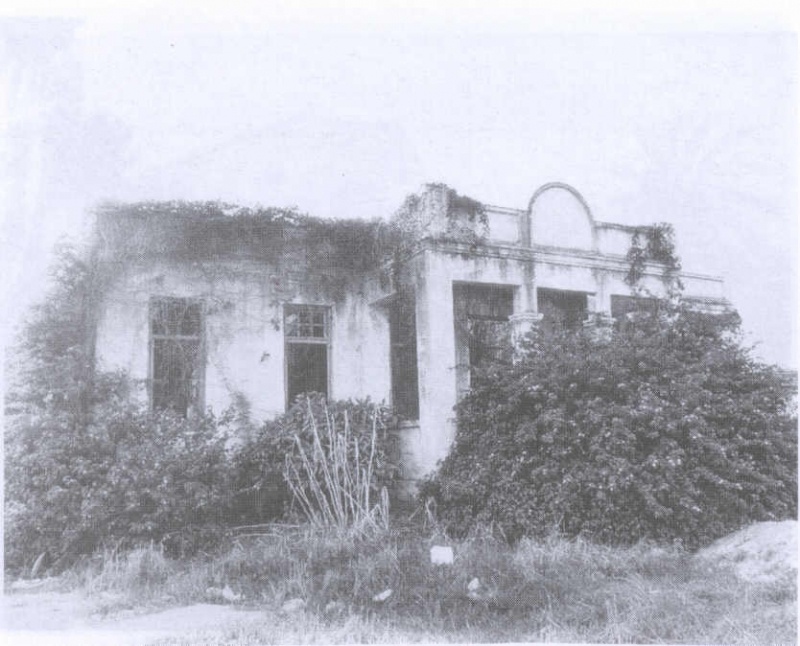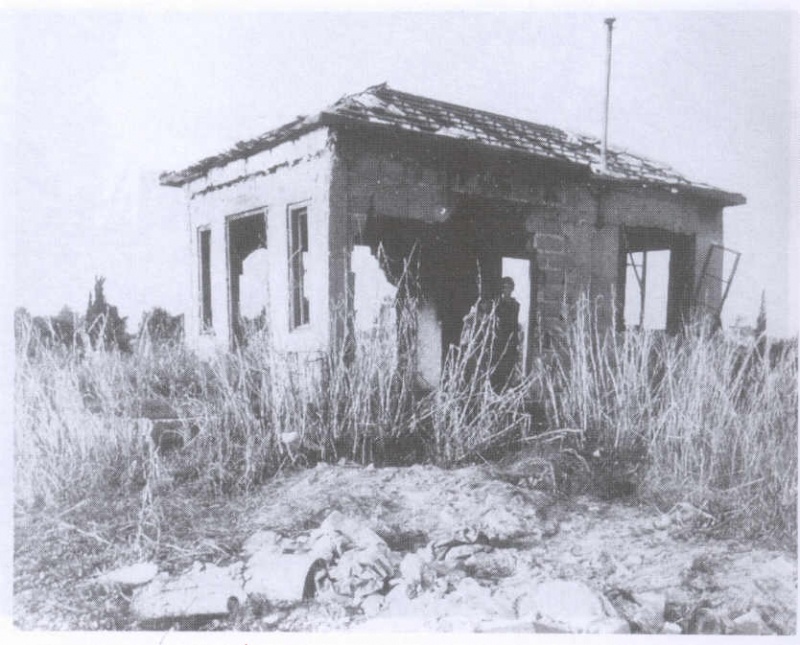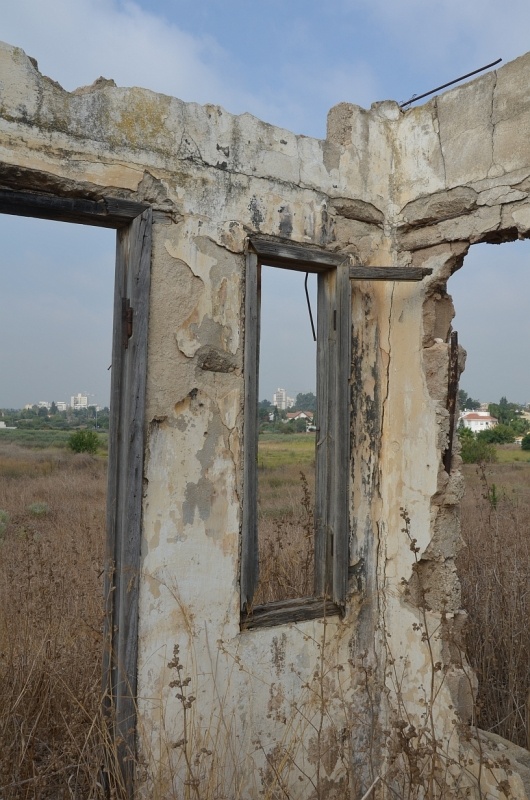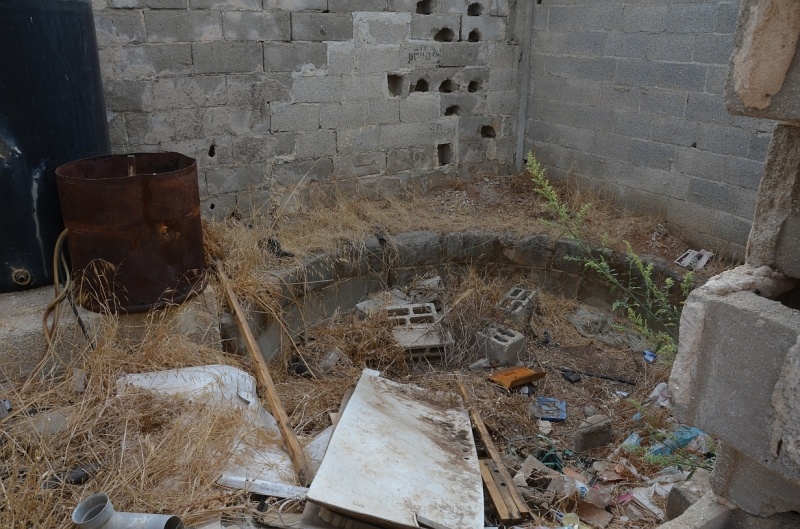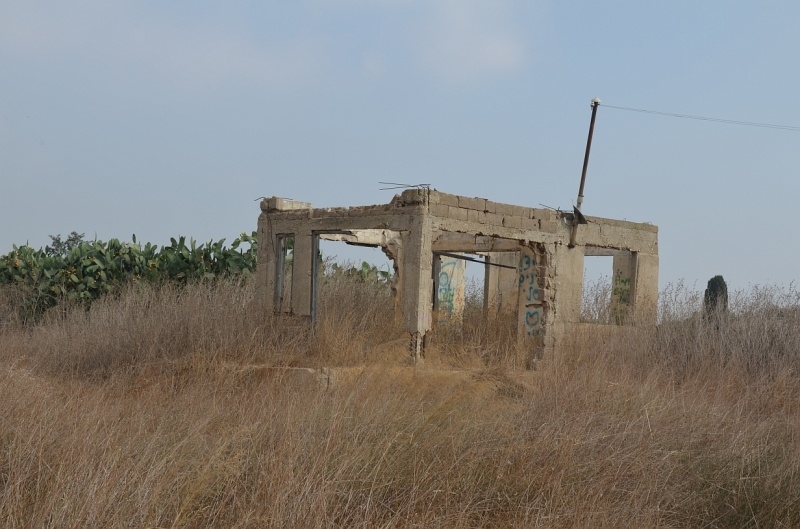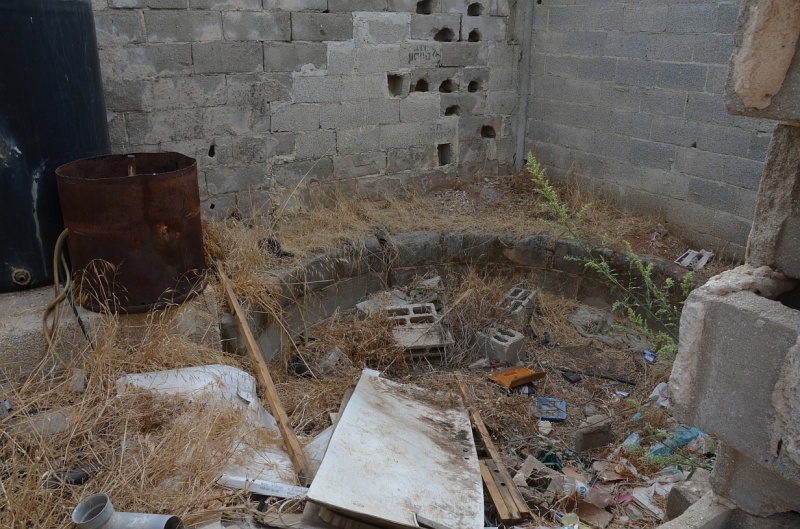Info
District: Jaffa
Population 1948: 350
Occupation date: 13/05/1948
Occupying unit: Alexandroni
Jewish settlements on village/town land before 1948: None
Jewish settlements on village/town land after 1948: Hod Hasharon East Neighborhoods (Gil Amal), Hapoel Hamizrahi, Elishama , Adanim, Neve Ne'eman (Hod Hsharon)
Background:
The village was situated on an uneven, southwestsard-sloping spot an the central coastal plain, 19 km northwest of Jaffa. The coastal highway and railway line ran 2.5 km and 1.5 km west of it, respectively. A number of secondray roads linked it to neighboring villages.
Accounts describing the events in this village during the war differ greatly. The History of the Haganah states that the villagers left after a Haganah attack in early March 1948. “After soldiers of the Arab Libertaion Army attacked Migdal [a platoon of the Alexandroni Brigade's Third Battalion], went forth at dawn on 5 March 1948 and attacked the village of Biyar 'Adas, whose inhabitants rushed to evacuate it.” At the time, a press report in the New York Times said that fifteen Arabs were killed in the attack. The Haganah claimed that the victims belonged to a group that had attacked nearby Jewish settlements. The Palestinian press reported battles around the vilage in late February and early March, beginning with an attack by a Jewish force on 27 February. The Jaffa-based daily Filastin stated that on the morning of that day, Arab workers picking orange in a grove outside the village were fired upon by a Jewish Unit. This raid led to continual engagements between the Jews and the village militia. Tension intensified on 1-2 March, and culminated in an infiltration attempt into the vilage on the night of 4-5 March. However, tha paper does not say that the population was driven out as a result.
In their descirptions of events that took place in April, Israeli historian Benny Morris and other ppress reports present different pictures of how the village was occupied. “Jewish military activity around Biyar 'Adas,” Morris write, “had led to the evacuation of that village on 12 April.” A New York Times dispatch provides more details. On 5 April the Stern Gang announced that its units had blown up 30 houses. A member of the terrorist group stated that the houses were fortified with sandbags, making them a military objective; the group also claimed that the village had been a base for attacks on a nearby Jewish settlement. However, the Times reported that the Haganah and the local population had conclued a truce agreement in the area and that attackers met with no opposition, as the villagers fled from the impeding assault.
By early June, the village had been slated for destruction by the Jewish National Fund. Israeli military and politica leaders had decided that the coastal area between Tel Aviv and Chadera should form the core of the Jewish state, thus necessitating that it be “Arab-free”. On 16 June, Israeli prime minister David Ben-Gurion recorded in his diary that Biyar 'Adas had been levelled.
The settlements of 'Adanim was established in 1950 on village lands, southwest of the village site. The settlement of elishama' was built one year later, also on village lands; it is closer to the site thant 'Adanim.
The site is marked by cactuses, fig trees, palm trees, and the debris of houses. Some hosues and section of houses that were built among citrus groves still stand, deserted, amidst wild vegetation. All are made of concrete and possess a variety architectural designs, ranging from the elaborate to the simple. Their roofs are flat, slanted, or gabled, and their doors and windows are rectangular. The land in the vicinity is cultivated and is covered in places by Israeli fruit orchards.


